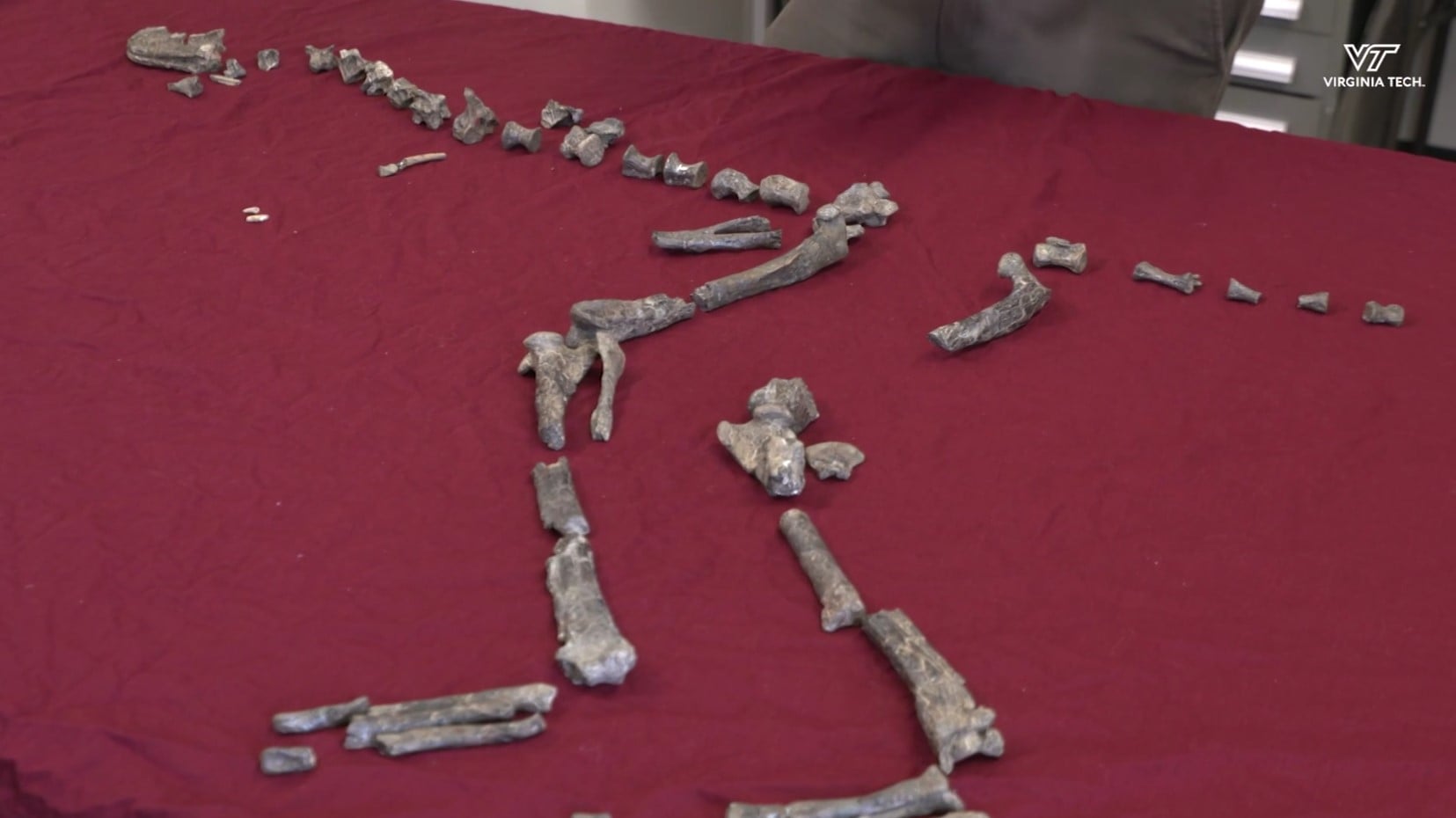Researchers were digging in New Mexico when they discovered fossils of small tyrannosauroids they believe walked the Earth 92 million years ago. The unearthed fossils turn out to be 3-foot-tall T-rex relatives — essentially much smaller cousins of the enormous predator known as the Tyrannosaurus rex. The fossils are important because they help scientists learn more about how the T-rex went to the top of the food chain.
Researchers have long believed Tyrannosaurus rex was the king of dinosaurs 66 million to 80 million years ago. However, the fossils of the 3-foot-tall T-rex relatives suggest that they weren’t always been the most-feared predators.
Researchers still haven’t figured out the origins of the T-rex because sea levels rose, disturbing the fossil records in western North America. However, two fossils from New Mexico’s Zuni Basin show the most preserved tyrannosauroid fossils to date. Details about the fossils were published on Monday in the journal Nature Ecology & Evolution.
Researchers named them Suskityrannus hazelae, which combines “suski,” the Zuni word for “coyote,” and the Latin word “tyrannus,” which means “king.” Hazelae is for Hazel Wolfe, who supported expeditions in the basin.
“Suskityrannus gives us a glimpse into the evolution of tyrannosaurs just before they take over the planet,” study author and Virginia Tech assistant professor Sterling Nesbitt said in a statement. “It also belongs to a dinosaurian fauna that just proceeds the iconic dinosaurian faunas in the latest Cretaceous that include some of the most famous dinosaurs, such as the Triceratops, predators like Tyrannosaurus rex, and duckbill dinosaurs like Edmotosaurus.”
The 3-foot-tall T-rex relatives were only a little longer than the skull of the predator Tyrannosaurus rex, weighing between 45 and 90 pounds, as opposed to their relative, which weighed 9 tons.
Researchers don’t know what Suskityrannus ate, although they believe the creature was carnivorous and likely hunted small animals. After analyzing the fossil bone growth, they believe it was about three years old when it died, although they are certain that the fully grown 3-foot-tall T-Rex relative wasn’t much longer than its younger counterpart.
The fossils belong just to a group of many other fossils from the Zun Basin, including fossils of fish, mammals, lizards, turtles and crocodiles. All the fossils unearthed between 1998 and 2006 were relocated to the Arizona Museum of Natural History before Nesbitt took them to various institutions to study the fossils with his teams.
“My discovery of a partial skeleton of Suskityrannus put me onto a scientific journey that has framed my career,” said Nesbitt, also a member of the Virginia Tech Global Change Center. “I am now an assistant professor that gets to teach about Earth history.”





